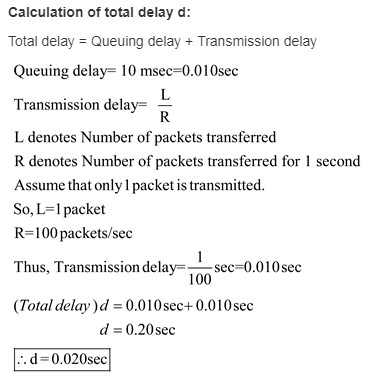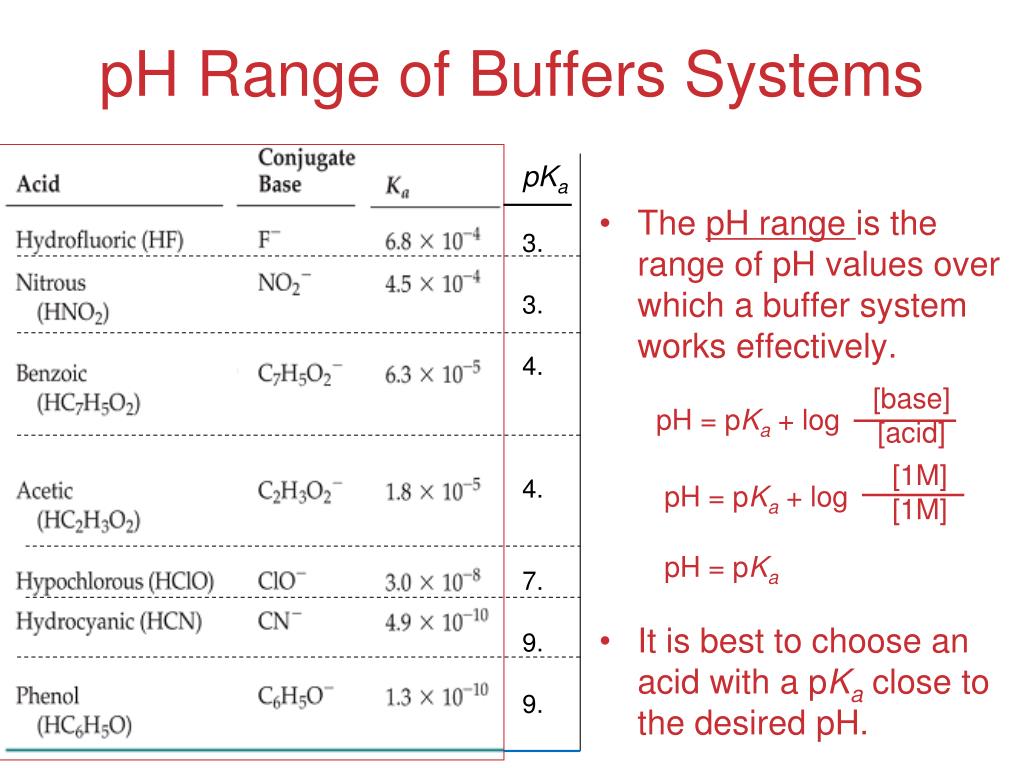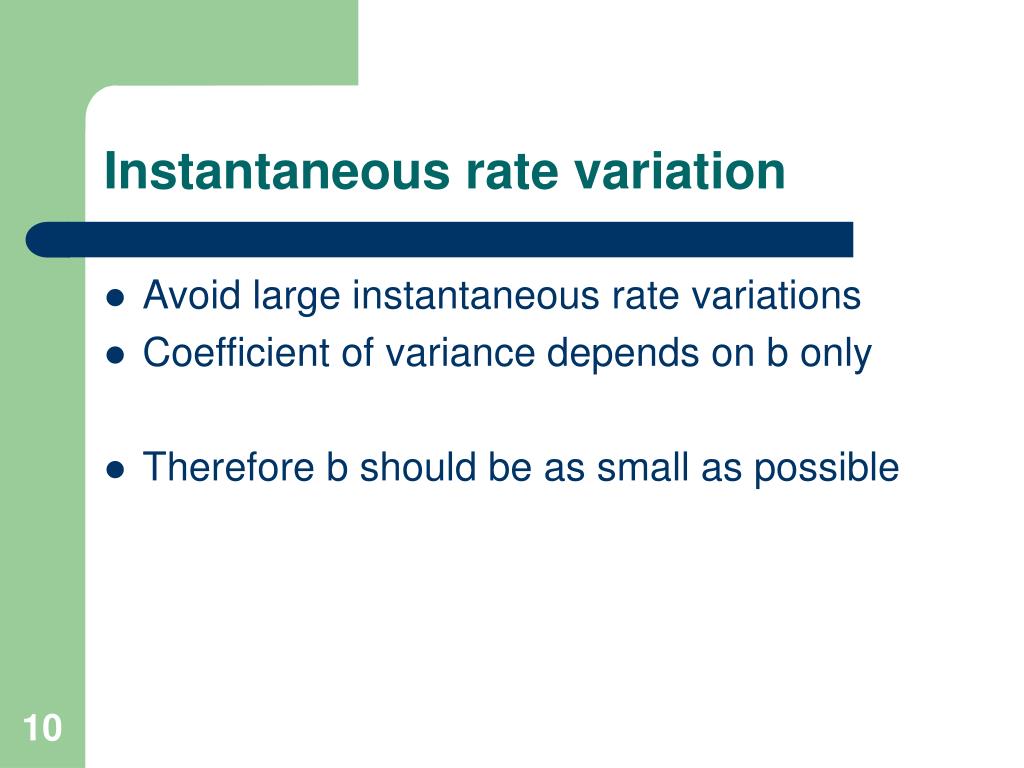

Find the differences between each consecutive ping sample (see table below).We can calculate the following seven data point ping sample to find the AvgJitter: How to calculate network jitter (example) AvgJitter Formula Software configurations: bugs and improper configuration of network hardware software can cause packet loss.WiFi’s signal: walls and other impediments block radio signals causing packet loss.Inadequate hardware: incompatible, outdated, or damaged network hardware can cause bottlenecks.

simultaneous downloading, streaming, and multiple VoIP sessions Exceeding the network’s bandwidth: e.g.Ultimately, the common causes behind network congestion are also the likely causes behind most network jitter.Īny or all of the following can contribute to network congestion: If congestion increases then the overloaded routers begin dropping packets, usually when latency exceeds a delay of 100-200 ms. When routers are unable to direct the flow of network data they buffer packets to relieve traffic. Network congestion is the main cause of packet loss. Dropped packets will then need to be requested again adding to the delay. Packet loss is when there is overload of network traffic and routers begin discarding data packets in an attempt to manage network latency. This results in choppy calls, and if packet loss is too great, delayed or dropped signals. The quality of a VoIP experience, for instance, quickly deteriorates when jitter is high. Poor network jitter is a real concern for real-time application performance. Closely related to latency, jitter is a measurement of the variation of delay in a data transmission characteristic of packet-switched networks. Network latency (a.k.a lag) is the duration of time it takes a data packet to travel from its source to its destination across a network.

To illustrate the impact, in cases of high jitter video calls or VoIP, users will experience stuttering video, intermittent voice or dropped calls when speaking to others over the internet. Though technology will handle this situation and put the packets back in order, it does cause delays. Similar to latency, packet jitter is measured in milliseconds.

Each packet in the transmission may be routed differently to its destination causing packets to arrive out of order or not at all (called packet loss). packet delay variation (PDV), is a stuttering-like effect in signal quality because of inconsistent packet delays in a data transmission.


 0 kommentar(er)
0 kommentar(er)
